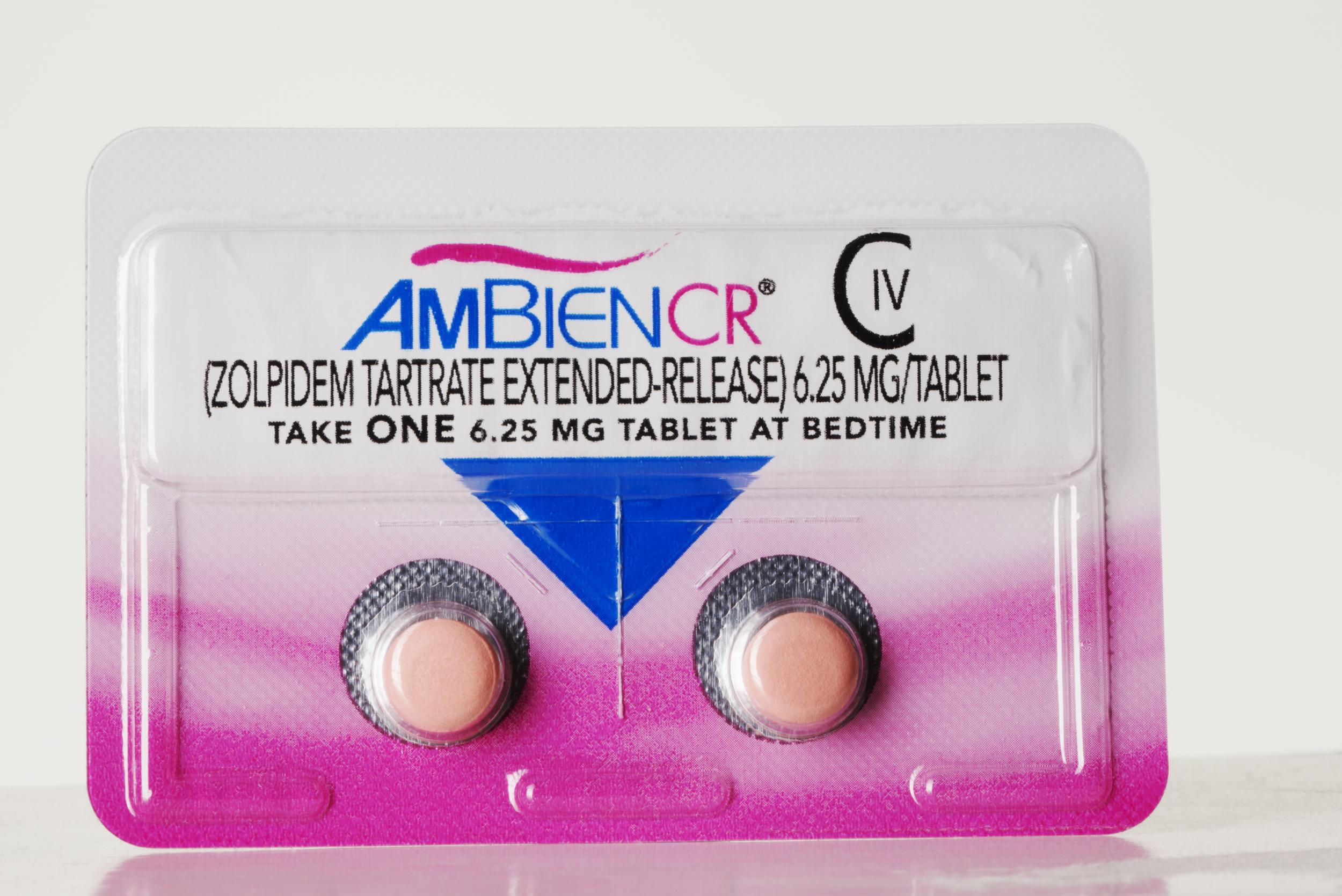Ambien: What is it and what are the side effects?
The insomnia medication has previously been linked to abnormal behaviour

Your support helps us to tell the story
From reproductive rights to climate change to Big Tech, The Independent is on the ground when the story is developing. Whether it's investigating the financials of Elon Musk's pro-Trump PAC or producing our latest documentary, 'The A Word', which shines a light on the American women fighting for reproductive rights, we know how important it is to parse out the facts from the messaging.
At such a critical moment in US history, we need reporters on the ground. Your donation allows us to keep sending journalists to speak to both sides of the story.
The Independent is trusted by Americans across the entire political spectrum. And unlike many other quality news outlets, we choose not to lock Americans out of our reporting and analysis with paywalls. We believe quality journalism should be available to everyone, paid for by those who can afford it.
Your support makes all the difference.The prescription drug Ambien recently made headlines after Roseanne Barr claimed it was partly the reason for her racist tweet about former Barack Obama adviser Valerie Jarrett, which led to the cancellation of her ABC show.
Barr’s follow-up apology tweet, that she had been “Ambien tweeting,” prompted the creators of the drug, Sanofi-Aventis, to respond on Twitter and point out that racism is not one of the side effects of the drug.
They responded: "People of all races, religions and nationalities work at Sanofi every day to improve the lives of people around the world. While all pharmaceutical treatments have side effects, racism is not a known side effect of any Sanofi medication."
However, there are multiple known side effects to the sleep disorder treatment prescribed to millions of people.
What is Ambien?
Ambien, also known as Zolpidem, is a sleep medication used to treat insomnia.
Ambien is the brand name for the drug zolpidem tartrate, which has been both widely prescribed and studied since it was first introduced in 1993 for help as a short-term sleep aid.
The drug is prescribed to treat short-term insomnia - a sleep disorder where a person has trouble falling asleep or staying asleep, and is classed as a sedative-hypnotic drug.
Sedative-hypnotic drugs depress the central nervous system and promote sleep, however, long-term use is not recommended as this class of drugs can lead to dependence.
Ambien is a schedule IV controlled substance under federal regulation meaning it has a low potential for abuse.
What are the side effects of Ambien?
Although Ambien does not promote racism as its makers pointed out, Barr is not the first person to link the drug to abnormal behaviour.
According to the Food and Drug Administration (FDA), Ambien has multiple severe side effects, including a risk of next-morning impairment.
“You may get up out of bed while not being fully awake and do an activity that you do not know you are doing. The next morning, you may not remember that you did anything during the night,” according to the medication guide.
Reported activities include driving a car, making and eating food, talking on the phone, having sex, and sleep-walking.
Ambien may also cause side effects such as abnormal thoughts or behaviour, memory loss, and anxiety. The most common side effects include drowsiness, dizziness, diarrhoea, and grogginess.
Additionally, the FDA warns those taking Ambien not to drive or engage in other activities that require “complete mental alertness” the next day, as zolpidem levels can remain high through the following day.
Once users stop taking Ambien, as it is only meant to be used for short-term treatment of insomnia, side effects such as crying, insomnia, vomiting, stomach cramps, panic attacks, nervousness, and stomach-area pain have all been reported.
What does it look like and how do you take it?
Ambien is typically prescribed in 5 mg or 10 mg doses.
The 5 mg pills are pink capsules with AMB 5 stamped on one side and 5401 on the other.

The 10 mg tablets are capsule-shaped, white, film coated, with AMB 10 stamped on one side and 5421 on the other.
According to the medication guide, Ambien is meant to be taken right when you get into bed, not sooner, as it should start working fairly quickly.
Barr later clarified that she was not blaming Ambien for her behaviour and accepted responsibility - tweeting: “I blamed myself. Not Ambien, stop lying.”
Join our commenting forum
Join thought-provoking conversations, follow other Independent readers and see their replies
Comments